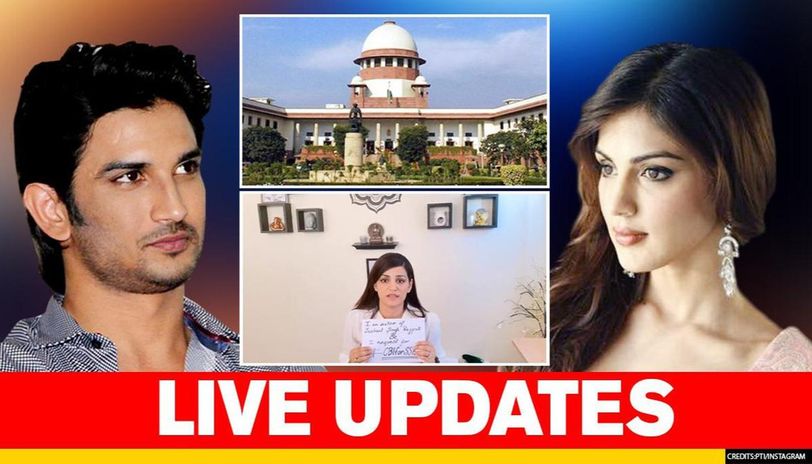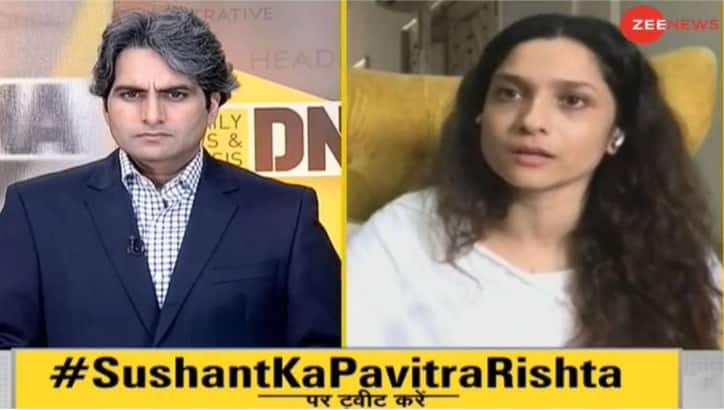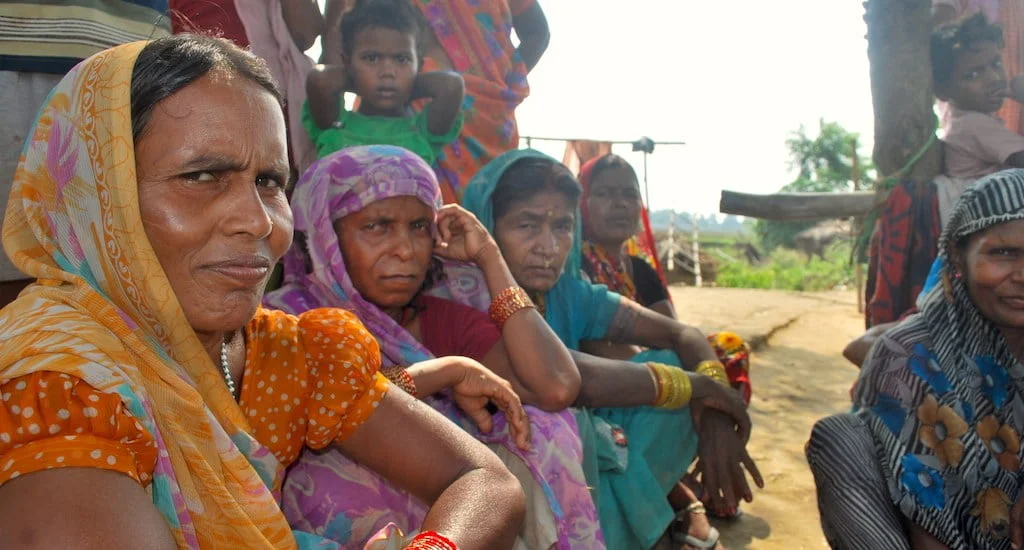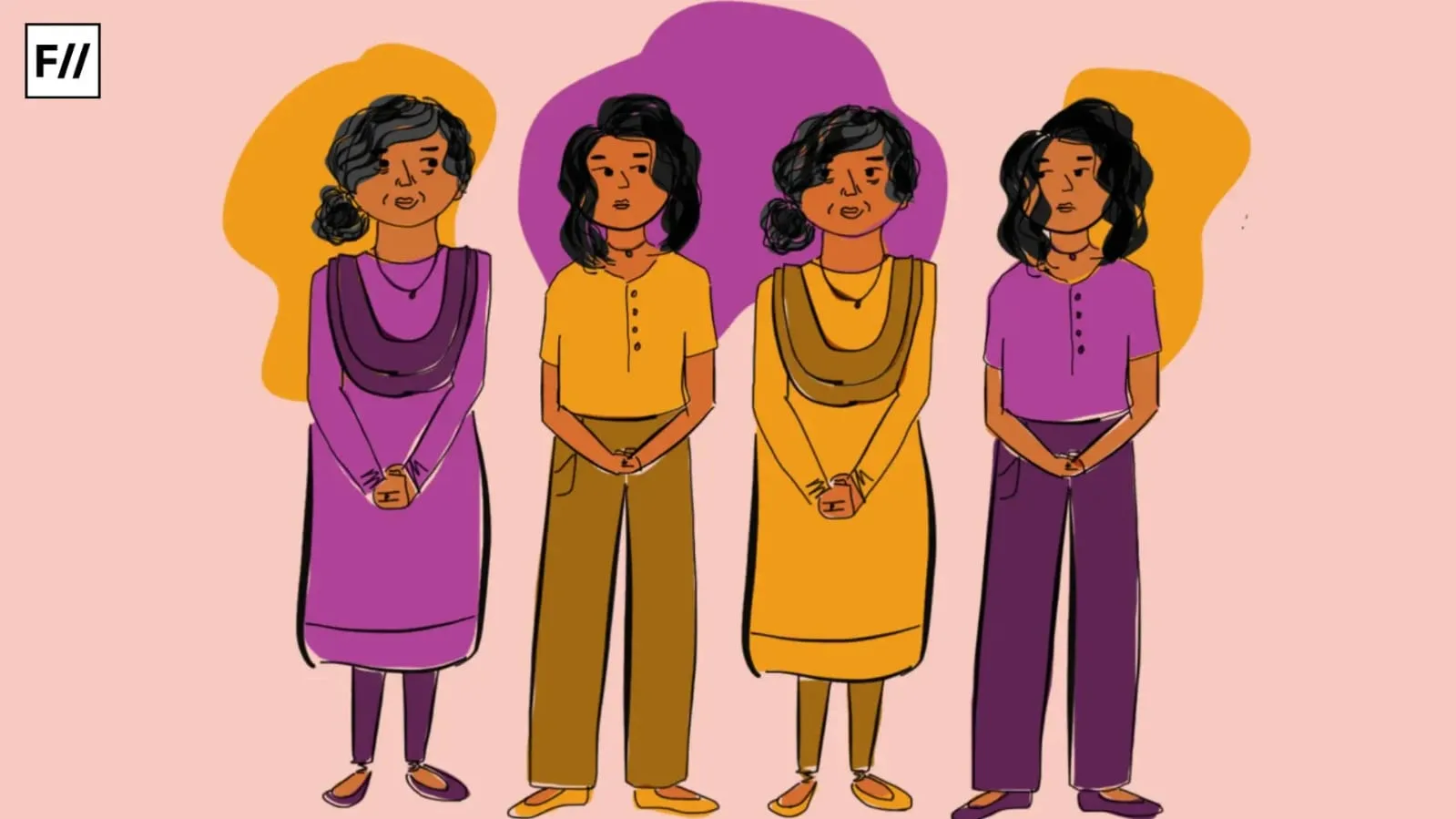Trigger Warning: Suicide
Sushant Singh Rajput was found dead in his Mumbai apartment on June 14. While the cause of his death was deemed as suicide by hanging, the late actor’s family, friends, and much of the Indian public fervently believes that his death may have been caused by extraneous factors, not linked to his mental health.

The Case
The outpouring of distress from notable Bollywood celebrities, public figures, and fans of the star has turned his death into a high-priority investigation that is being debated, discussed, and theorised at a national level. Kangana Ranaut, for instance, was one of the first to publicly claim that Rajput’s death was caused due to the “movie mafia” that catalyses the nepotistic nature of Bollywood. She accused the journalists that are “pets of the movie mafia” of “emotionally lynching” outsiders in the industry, implying that Rajput also suffered at their hands. In the two months since his death, allegations of abetment to suicide have come from many sources – WhatsApp groups, family members, and primetime “debates”.
On July 28, Krishna Kishore Singh, father of Sushant Singh Rajput, filed an FIR against Rhea Chakraborty, Sushant’s girlfriend, and six others, alleging abetment to suicide among other charges. This FIR was filed in Patna, Bihar. Most shockingly, Singh accused Chakraborty of exercising control over the late actor’s life by not permitting him to sign films, transferring large sums of money into her accounts, and threatening to expose his mental illness to ruin his blossoming career.
The outpouring of distress from notable Bollywood celebrities, public figures, and fans of the star has turned his death into a high-priority investigation that is being debated, discussed, and theorised at a national level. Kangana Ranaut, for instance, was one of the first to publicly claim that Rajput’s death was caused due to the “movie mafia” that catalyses the nepotistic nature of Bollywood.
The Latest
On August 14, the Enforcement Directorate (ED) interrogated Rhea Chakraborty for hours on end and did not find any huge direct transfers from the late actor’s bank account to hers. However, the ED did confirm a withdrawal of Rs. 15 crore from one of Sushant Singh Rajput’s bank accounts, according to Mumbai Mirror. Satish Maneshinde, the lawyer representing Chakraborty in the matter denied all allegations against the actress and pointed out that she has been probed by two investigative agencies so far and that there has been “nothing against her”.
Following a hearing in the Supreme Court on August 19, the case has been handed over to the Central Bureau of Investigation (CIB) where an independent investigation into the claims against Rhea and others will be conducted.
The Media
The extensive debates on news channels have often sensationalised the case and invited public discourse into a highly sensitive investigation. From global hashtags to daily debates with all kinds of experts, the news media has exploited the death of Sushant Singh Rajput for TRP ratings, inadvertently creating a court of justice grounded in public opinion.

In June, immediately following the discovery of the body, the news media spiralled into an endless discussion regarding the stigma around mental health in our country. The topic, undeniably important, became content for WhatsApp forwards alongside pictures of Rajput’s body. The irony was palpable, however, the discussions brought issues long hidden to the forefront. India’s journalists interviewed mental health experts, co-stars, and even analysed old footage to see where they’d missed signs of their favourite actor’s internal struggle.
Times Now even went as far as to say that Sushant Singh Rajput looked happy in a video of him a few weeks before his death, and therefore, he was not suffering from depression. In this article for The Wire, Shruthi Raghuraman writes about the shocking and voyeuristic approach of the Indian media in reporting the late actor’s unconfirmed mental health diagnoses.
While this piece will not unpack the deeply flawed conception of mental health in Indian discourse, there is a need for sensitive and well-researched journalism. It is mainstream media outlets that exert an influence over the chai time discussions in Indian families, where the news of Sushant’s death, unsurprisingly, led to a plethora of conspiracy theories
Since K.K. Singh’s accusatory FIR against Rhea Chakraborty, however, the news media has switched their modus operandi from mental health to intrusive investigation. Republic TV, India Today, Times Now, etc. have broadcasted alleged screenshots of Rhea’s conversations. Republic TV released screenshots of Rhea’s WhatsApp chats, alleging that she blocked K.K. Singh and that she had an “iron grip” over Sushant’s life. Republic TV has tracked every move that Chakraborty has made, India Today analysed her call records, and Times Now has followed suit. The Indian media has harnessed the death of a loved public figure and squeezed a he-said-she-said situation out of it.
Since K.K. Singh’s accusatory FIR against Rhea Chakraborty, however, the news media has switched their modus operandi from mental health to intrusive investigation. Republic TV, India Today, Times Now, etc. have broadcasted alleged screenshots of Rhea’s conversations. Republic TV released screenshots of Rhea’s WhatsApp chats, alleging that she blocked K.K. Singh and that she had an “iron grip” over Sushant’s life.
Arnab Goswami’s nightly debates on Republic TV, broadcast a new headline insinuating involvement every day. And in his classic style, they are accusations that do not reach conclusions. A dozen people, often sparsely connected to the life of the actor, speculate the involvement of everybody from Rhea Chakraborty to the “movie mafia” while sitting comfortably on a bank of sociopolitical issues that plague the country during a pandemic.
The Public Court of Justice
In a report from August 11, a Republic journalist says, “the…death has happened in such circumstances that it was first called suicide and now the nation says it was a murder.”
On their Twitter page with 1.6 million followers, Republic TV began a global “people’s campaign” entitled #CBIforSSR where they encouraged their followers to post photos, tweets, and express their support for the CBI handling of the investigation. Up until August 19th, their news channel showed a growing tally of the usage of the hashtag. The replies to the initial tweet consisted of parents and children holding up papers calling for a CBI investigation, of people hate-mongering against the accused, and criticising the investigation.
Also read: Dil Bechara: A Case For The Bollywood Hero Who Does Not…
While there is nothing inherently wrong with demanding justice and truth as journalists, it is not ethical to be sensationalising the tragic death of a public figure for increased engagement. The campaign also furthers the false notion that the Indian public will play a hand in this investigation. Playing at the sentiments of the aggrieved in the wake of the loss of a beloved figure is not only exploitative, but also downright dystopian. Asking children and families to be the face of an investigative campaign is akin to spreading false hope among the aggrieved.
Now that the case of Sushant Singh Rajput has been handed over to the CBI, the #CBIInMumbai campaign is asking for public opinion. This poll asks the public: “Should CBI arrest Rhea?” The replies call for a fair investigation, but what is fair about an investigation being scrutinised, theorised, and sensationalised on national news channels that are amplifying uninvolved, public voices?
On August 10, Chakraborty moved the Supreme Court, calling what she was going through an unjust “media trial”, the actor had demanded in court that the relentless media coverage of the case be stopped. She claimed that she is being unfairly targeted.
The Question of Broadcast Misogyny
In her opinion piece for The Print, Samira Sood writes, “In Rhea Chakraborty, India has found the perfect villain to focus all its energies on, so that real issues of mental health, toxic workplaces and unfair systems can, once again, be ignored until the next incident and the next villain comes along to occupy the nation’s mindspace.”
From accessing WhatsApp chats, tracking her every move, and having national debates over her ‘character’, India revealed the nature of its sexism when it quickly broadcasted Instagram screenshots of the actress in bathing suits alongside ‘expert’ men analysing the nature of her relationship with her boyfriend. They accused ‘women like her’ of being toxic figures, of controlling the lives of their boyfriends, of using them for social and industry clout.
Republic’s poll says that Rhea Chakraborty is speaking to friendly news media, while they continue their accusatory remarks regarding her relationship with her boyfriend. It’s disheartening to read the comments on their YouTube videos; deeming her a psychopath, asking for her to be hanged. The same discourse that asked for closer attention to be given to mental health is using bipolarity and psychosis as throwaway insults.

From blaming her for his mental illness to accusing her of kaala jaadu (black magic) and analysing her call records, the news media has taken ‘factual evidence’ and used it as a license to consider her the culprit, before any official investigative conclusions have been drawn.
While the investigation is ongoing, there is no authority in the conclusions the Indian news media is drawing. The ease with which the news media has demonised Rhea Chakraborty is evidence of the nation’s often misogynistic sensibilities.
Also read: Why Do We Need Trigger Warnings Before Reporting Violence, Rape And…
As long as the suspicion, theorising, and conclusions are broadcasted on national television, there will be no unbiased truth. Public campaigns, debates, interviews, and overenthusiastic commentary are tools for the news media to exploit public sentiment for engagement under the guise of justice.
Featured Image Source: YouTube
About the author(s)
Aastha Jani was born in Surat, Gujarat and raised in Dubai, UAE. She is passionate about intersectional representation in popular media, dismantling gender roles, and confronting internalised misogyny. Aastha can usually be found binge-watching TV, baking brownies, or chasing a sunset.





I agree that media should not be allowed to create an opinion in favor or against anyone unless the case is decided by the competent courts – media trail has to have an end in this case and focus should be on real core issues like mental health. Well written and presented – different from the way the mainstream media portrays it, good job !
Well-written article..
Now that the trial-by-media shoe is in the other hole, it is hurting like hell!
Where were all these proponents of fair-trial during the lynchings of unsubstantiated and blatantly fictitious and evidently false #MeToo drama, Sarabjit Singh, Rohtak sisters and other cases where men were demonised simply on accusations, almost all of them proven false?
I am LOVING it!